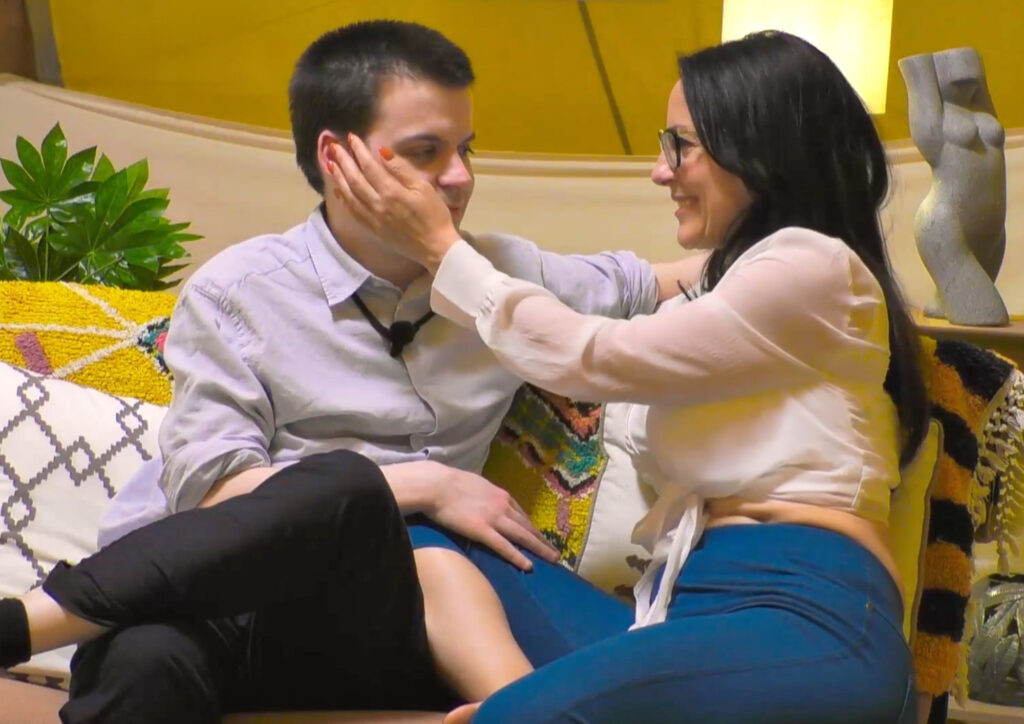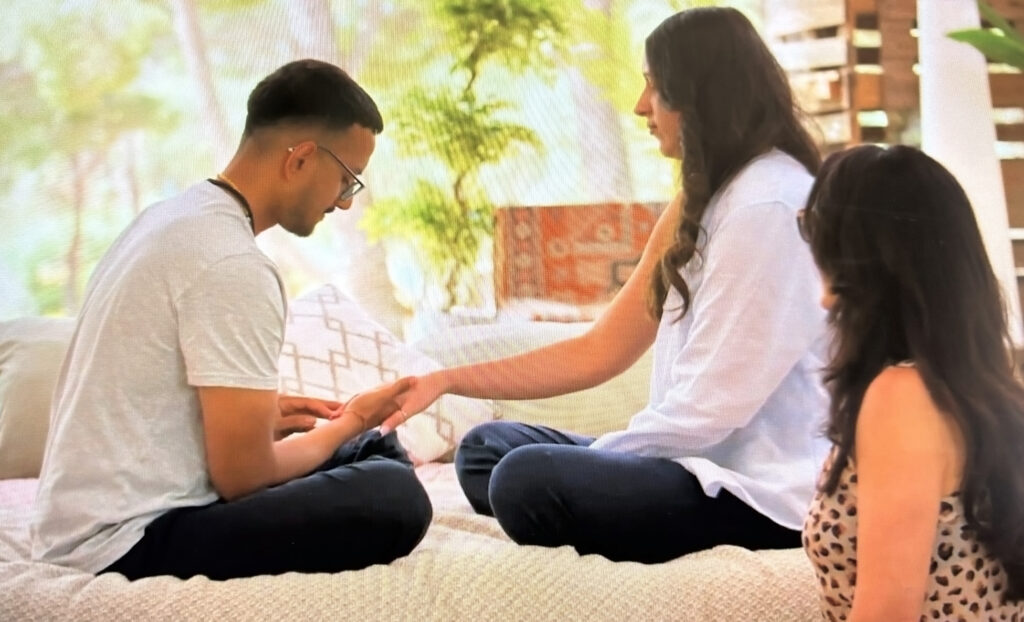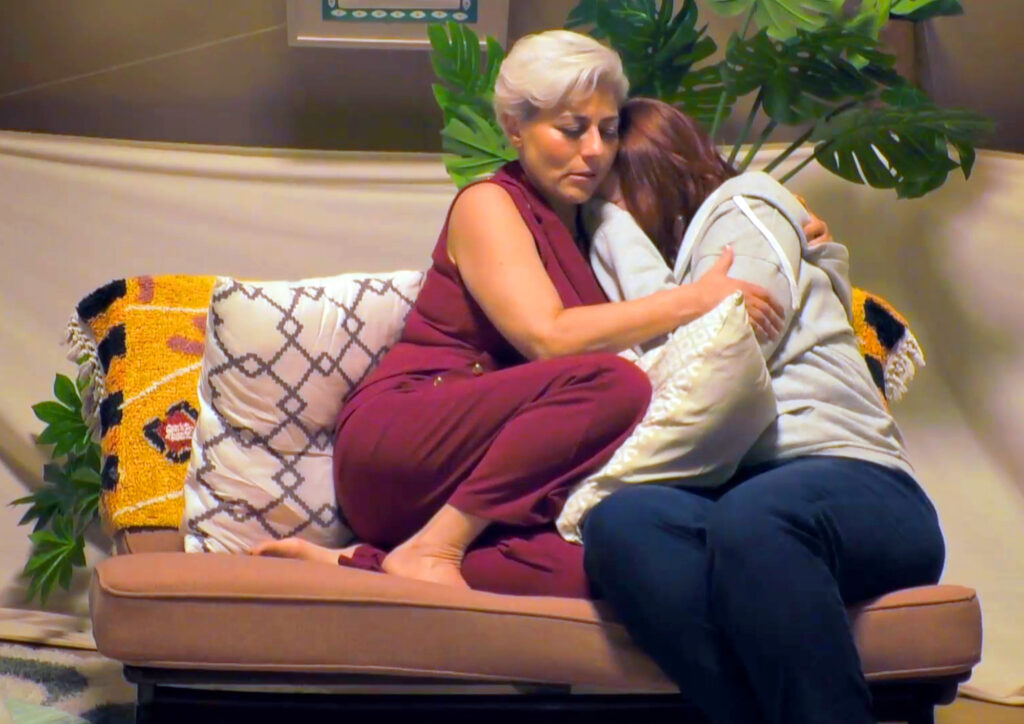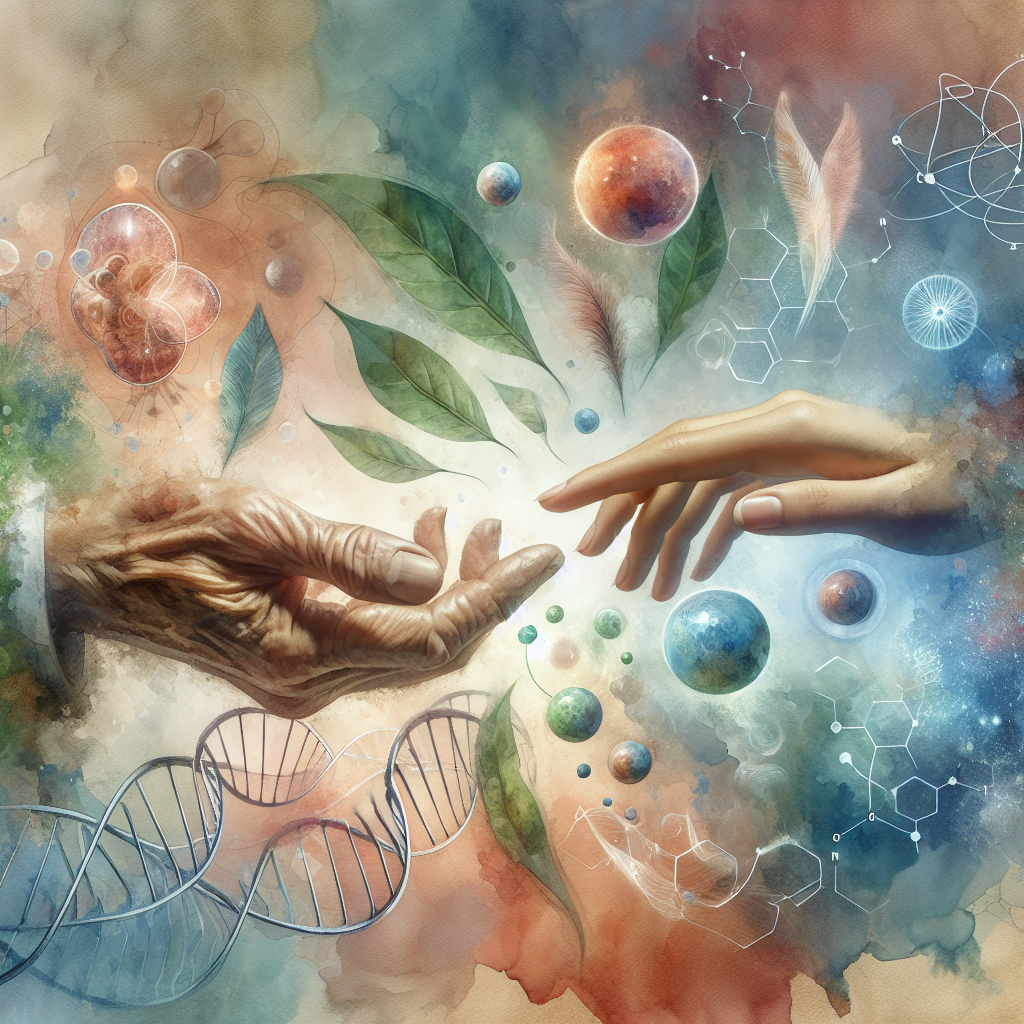The Art of Intentional Touch: Rediscovering Connection and Intimacy
Touch is a universal language — one we all understand instinctively, yet rarely learn to use with skill or confidence. Through years of working as intimacy specialists and coaching participants on the reality-show experiment Virgin Island, we’ve seen first-hand the extraordinary impact that mindful, attuned touch can have on individuals. Not just in erotic encounters, but across all moments of human connection.
At the Somatica Institute, our daily work confirms this truth: touch isn’t merely physical — it’s emotional, relational, and at times, even spiritual. When given with presence and care, it has the power to nourish, awaken, and heal.

Why Touch Often Feels So Difficult
It’s surprisingly common for people to feel unsure about how to give or receive touch. Some participants on Virgin Island admitted that touching another person felt awkward or even intimidating. Several had grown up in environments lacking physical affection, while others were simply disconnected from their own bodies and unsure about how to navigate intimate space.
If you’ve ever hesitated to reach out, felt tension during a hug, or worried about “doing it wrong” during a moment of closeness — you’re far from alone. Our culture often discourages open expression of touch, especially when it’s linked to emotion or intimacy. As a result, many of us feel unprepared to engage in physical connection unless it’s clearly defined or sexualized.
But the truth is, touch is vulnerable — it requires us to slow down, tune in, and stay emotionally present. These are skills, not instincts. And fortunately, skills can be learned.
Not All Touch is the Same: From Disconnection to Delight
Touch can soothe or irritate — excite or overwhelm — depending on how it’s delivered. Fast, disconnected, or mechanical touch often leaves us feeling more anxious than connected. Think of moments where someone touches you without presence, their hand on your shoulder but their energy miles away. That kind of touch can feel empty or even invasive.
In contrast, touch that lands as deeply pleasurable or emotionally resonant shares some important qualities — qualities anyone can begin to cultivate:
- Light, teasing strokes— These awaken skin sensitivity and gently engage the nervous system.
- Firm, grounding holds— A steady palm on the back or shoulders can offer a profound sense of stability and reassurance.
- Rhythmic variation— Blending light and firm pressures in a flowing pattern keeps the experience dynamic and appealing.
- Breath-synced movement— When your touch aligns with your own or your partner’s breathing, it creates a harmonious, meditative sense of “being with.”
- Touch for your own pleasure— Surprisingly powerful, this approach brings the giver into presence and invites reciprocity and mutual enjoyment.

When we stop chasing an idea of “performance” and instead follow sensation, curiosity, and presence, touch evolves from a simple action to a shared emotional experience. This shift opens the door to deeper intimacy and connection — not just physical pleasure.
Touch as a Path to Healing
One of the most moving aspects of our work is witnessing someone be tenderly touched—perhaps for the first time in a way that is safe, affirming, and agenda-free. These moments can be life-changing. We’ve watched countless people cry, tremble, laugh, or breathe deeply in acts of embodied relief — not from pain, but from finally feeling.
This experience can be especially profound for those who have carried trauma or shame in relation to their bodies. When someone learns they are worthy of being touched with kindness and intention, something begins to shift within them. They start reclaiming not just their sensual selves, but their entire emotional landscape.

At the core of this transformation is the realization that touch is more than a physical act — it’s a language of care, affirmation, and emotional kinship. And it’s one we can all learn to speak more fluently.
Ways to Explore Touch on Your Own Terms
You don’t need to be in a relationship, a therapy session, or on TV to cultivate meaningful touch. You can start right now — gently, simply, with curiosity. Here are some ideas to begin:
- Solo exploration: Touch your own arms, legs, neck, or chest with different textures and intensities, not for stimulation, but for sensation. Ask, “What feels soothing? What surprises me?”
- Intentional breathing: When with a partner, take a few slow breaths together while touching. Let your awareness settle. See how the experience changes when you’re synced in breath.
- Touch as play: Give yourself permission to be curious and creative with how and why you touch someone. Don’t aim for outcome — aim for connection.
- Slow everything down: Most people move too quickly. Try slowing your pace by half and watch how the depth of connection increases organically.
- Communicate what you feel: Ask questions like “Do you like this?” or “Does this feel connecting?” while also sharing your own experience.
Why Touch Truly Matters
In a society that often prioritizes productivity over presence, learning to give and receive connected touch is quietly revolutionary. It heals isolation, builds intimacy, and reminds us that human connection is not a luxury — it’s a fundamental need.
Intentional touch invites us out of our heads and back into our bodies. It reminds us we are not alone. And most importantly, it reawakens our sense of aliveness and belonging in the world.
If this resonates with you and you’d like guidance on tapping deeper into this practice, we invite you to explore our self-paced course: The Power & Pleasure of Sensual Touch.
Remember: Touch isn’t something to perfect — it’s an experience to embrace.



